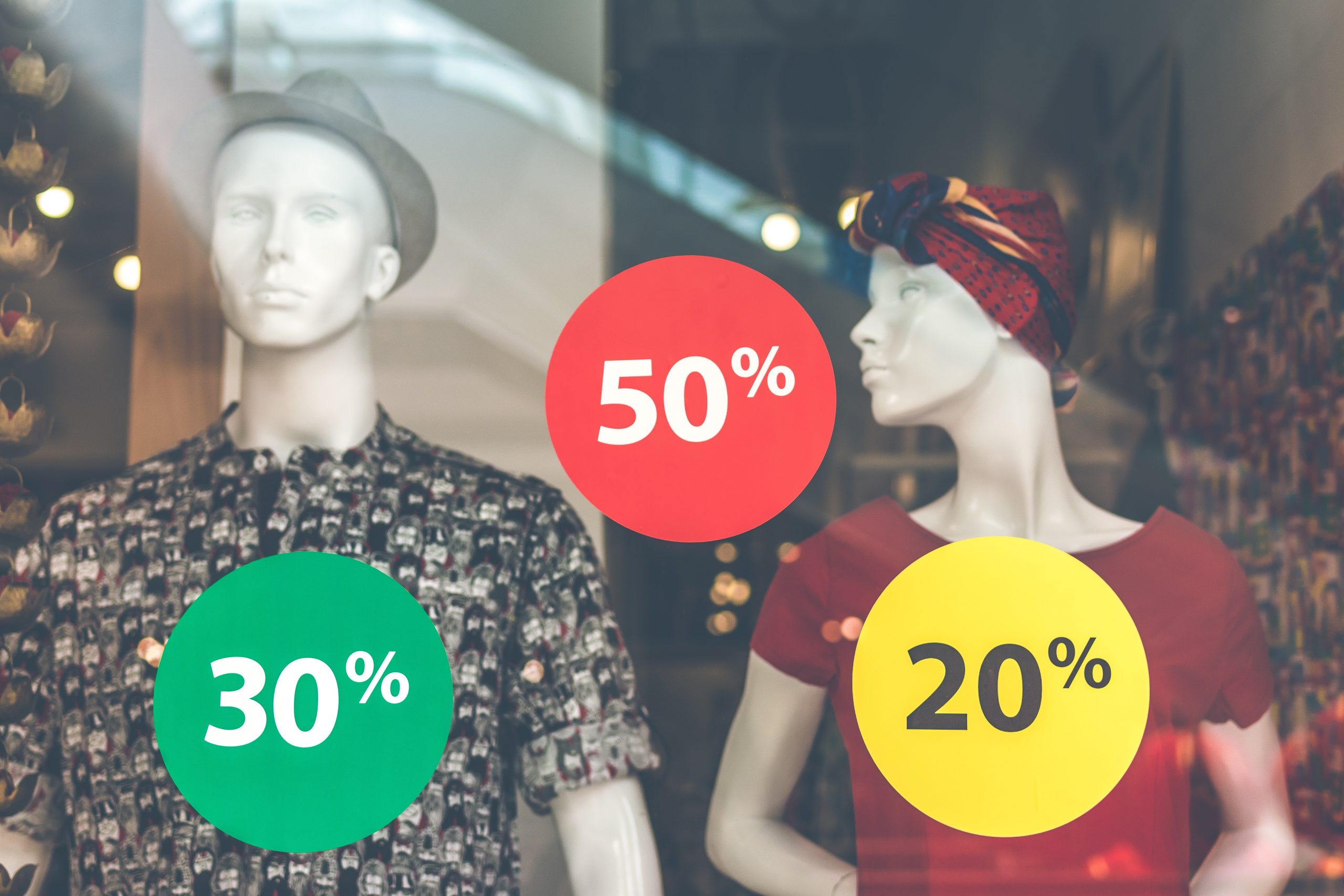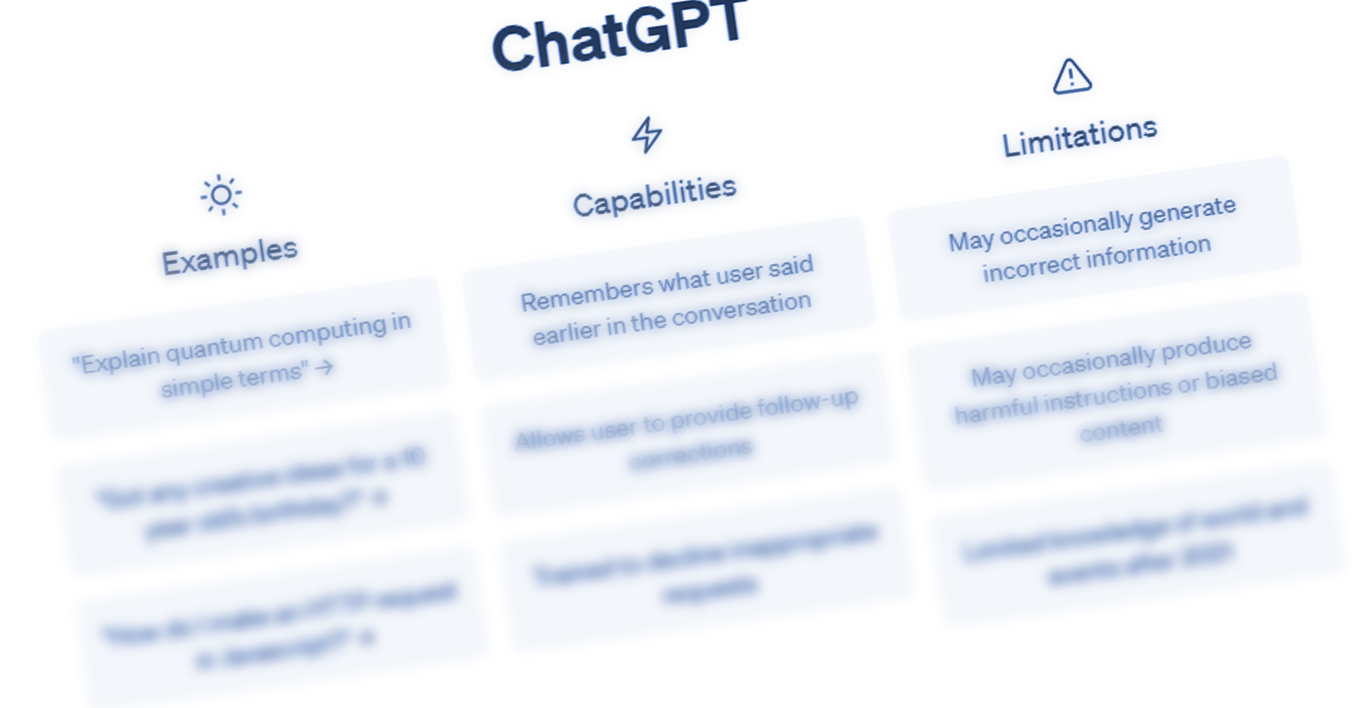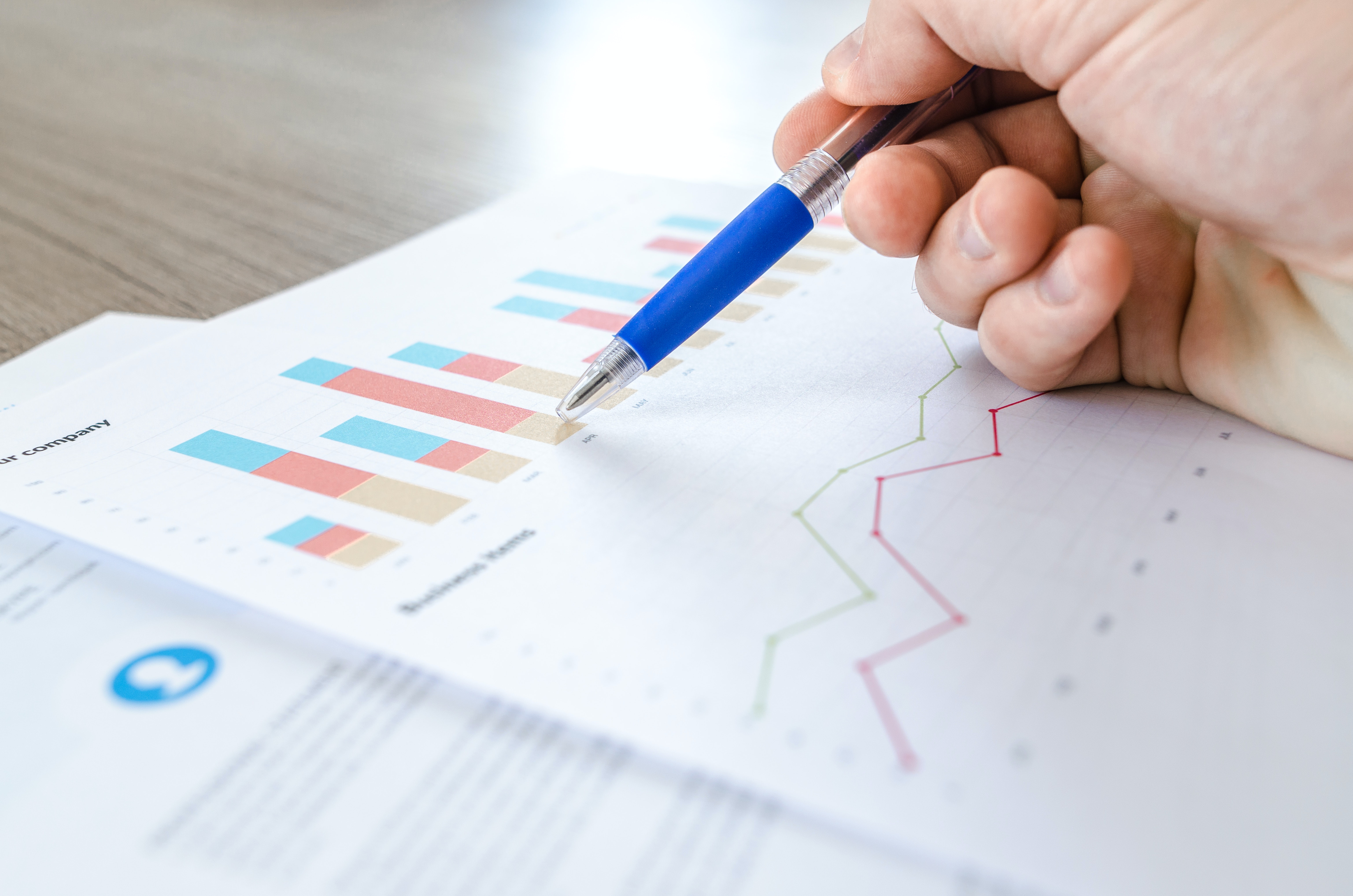Demand planning + supply planning = integrated business planning
If demand planning is forecasting customer demand, while supply planning is managing supply according to these forecasts, you’d be forgiven for thinking that these functions went hand-in-hand.
All too often though, demand planning and supply planning departments work to different agendas. One driven by ensuring sufficient stock to meet demand and the other by keeping costs down. But even when everyone is singing from the same songsheet (i.e. a strategic consensus plan) there are some things that can never be predicted.
All too often though, demand planning and supply planning departments work to different agenda
Unforeseen events and how to mitigate them
The events of Christmas 2021 were not on any retailer’s Santa List. Disrupted supply chains meant many orders that were due to land in November, were delayed until March. Nowhere is this issue being felt more keenly than in the technology sector, where product obsolescence poses a very real and present risk.
Integrated demand and supply planning gives organisations a better chance of managing exceptions to the demand forecast in a more timely and cost-effective way. Especially when it comes to shipping and logistics.
When both departments are working to a collaborative consensus plan, initiatives can be quickly deployed to mitigate excess, constrained or lumpy supply. For example, if companies are unexpectedly landed with excess stock, they may choose to lean on their supply chain to move stock where there is more demand. Or work together to ascertain the most efficient way to sell stock - optimising their CTC (Cost To Clear) as a team and impacting the business’s bottom line in the process.
A bird’s eye view
The best way to ensure demand planners and supply planners are working together towards a higher plan, is to make that plan easily accessible to all. This is where the right technology is key. An easily digestible dashboard that presents clear and actionable insights means that demand and supply planners can apply their strategic skills where it really matters. With the right people plugging in to the right technology, an integrated business plan can be adapted and optimised in real time, according to real circumstances.
Artificial Intelligence, Machine Learning and Big Data can both enhance forecasting capability and flag exceptions in a more timely way. This increased accuracy and foresight means that demand and supply planners can work in a more aligned way, towards a strategic, business-focused outcome.
Share this
You May Also Like
These Related Stories

Move from demand forecasting to demand sensing

Will Generative AI tools like Chat GPT/GPT-4 replace Demand Forecasting tools?
